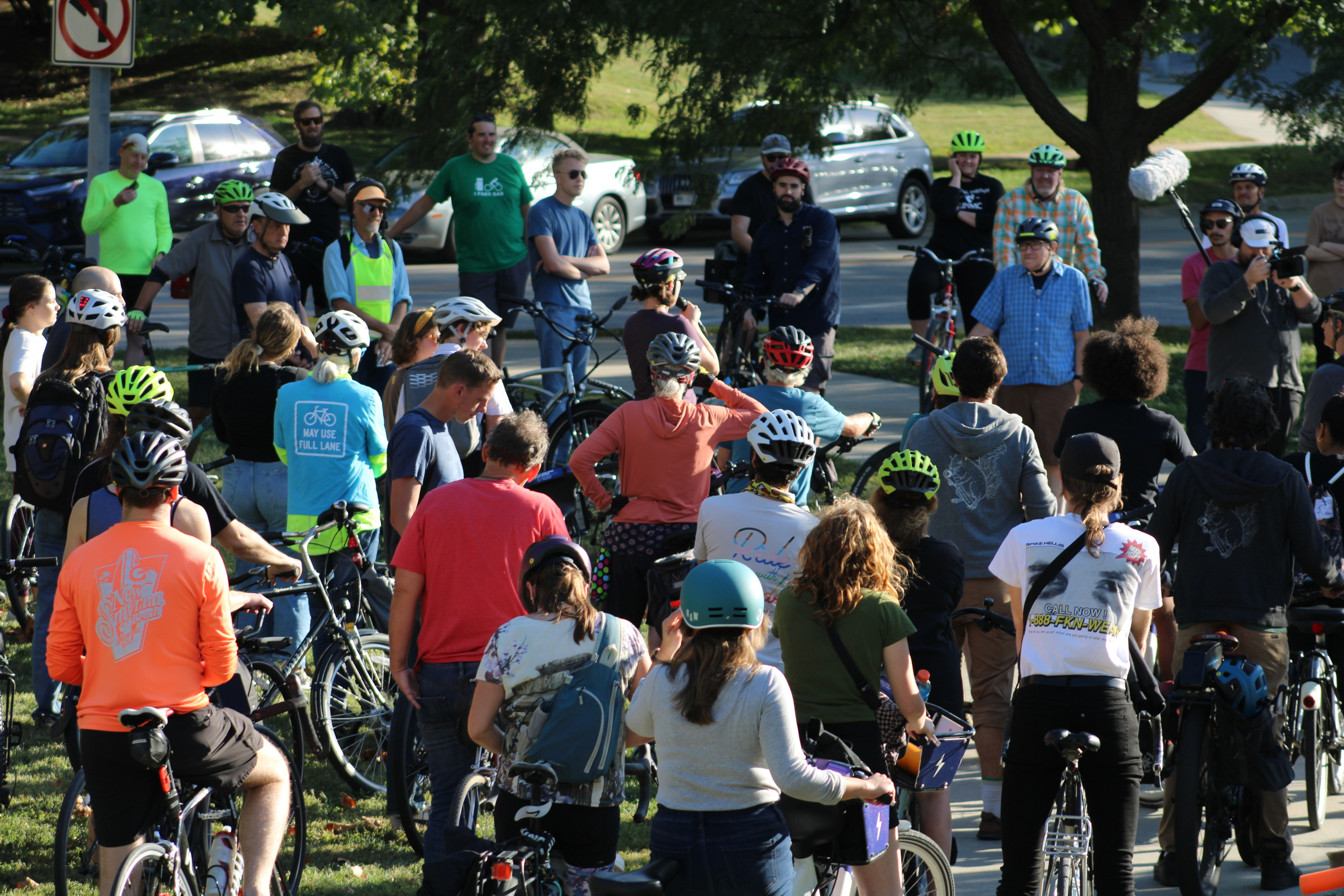In May, City of Omaha citizens will vote on whether or not to authorize the issue of $92 million in general obligation bonds. The bonds would fund projects in five areas: streets and highways ($47,375,000), sewers ($13,616,000), parks and recreation ($14,511,000), public safety ($6,250,000), and public facilities ($10,272,000).
How these bond funds will likely be spent on street and highway projects is outlined in the City’s Capital Improvement Program (CIP). The CIP is a roadmap that provides direction and guidance for the City on planning and managing its capital and infrastructure assets, including transportation-related projects. We did an analysis of past and the most recent draft 2014-19 CIPs to see what street projects would likely be supported by the bond issue if passed.
Our analysis found that spending for road-widening projects, many on the outskirts of Omaha, dominated the list of CIP projects and increased between 2010 and 2014, while spending for streetscape projects, in the urban core, was quite small and decreased over the same time period.
These planned projects appear to be out of alignment with the goals of the Transportation element of the City’s Master Plan:
- to provide balanced options for enhanced mobility,
- attain a safe and healthy environment,
- create livable and connected neighborhoods, and
- promote economic returns with fiscal stability.
Streets designed to meet these goals are important for the well-being of Omaha, reducing financial, environmental and health costs while helping us to retain our brightest talent, enhance economic development, and better serve all citizens.
Road widening projects largely lead in the opposite direction. Traffic studies systematically overstate the benefits of road widening projects due to the effects of generated auto traffic or induced travel on roadways. A vicious cycle of road widening, increased demand and sprawl, increased costs for maintenance, and so on continues and makes it more difficult to implement or enhance active and public transportation.
Street projects need to align better with the City Master Plan. Please email Mayor Stothert to let her know you would like a revision to the 2014-2019 CIP that aligns with the City Master Plan and its support for increasing density and multimodal transportation.
Also urge her to make CIP data available to the public in a clearer and easier-to-understand format—more transparency in spending on transportation projects is needed. The City of Los Angeles’ Open Budget Portal is a good example of how this might be done.
Join us in making the case for safe transportation options for everyone.




This is distressing. Not only does ever-increasing road widening cause the traffic and sprawl problems already stated, but it puts additional strain on the stormwater handling system. The more concrete, the more runoff. The more runoff, the more the city system has to deal with debris and pollutants, thus more wear and tear and expense on those systems. That is exactly opposite of the direction intelligent city planning should go.
How do we educate officials about induced demand? Widening only makes it worse in the end.
That is a good question Derek. More education is needed on this and other transportation, traffic and road design issues. Hopefully, as Mode Shift continues to grow, we’ll be able to do more in this area.
Good points Terry, thanks for your comment.